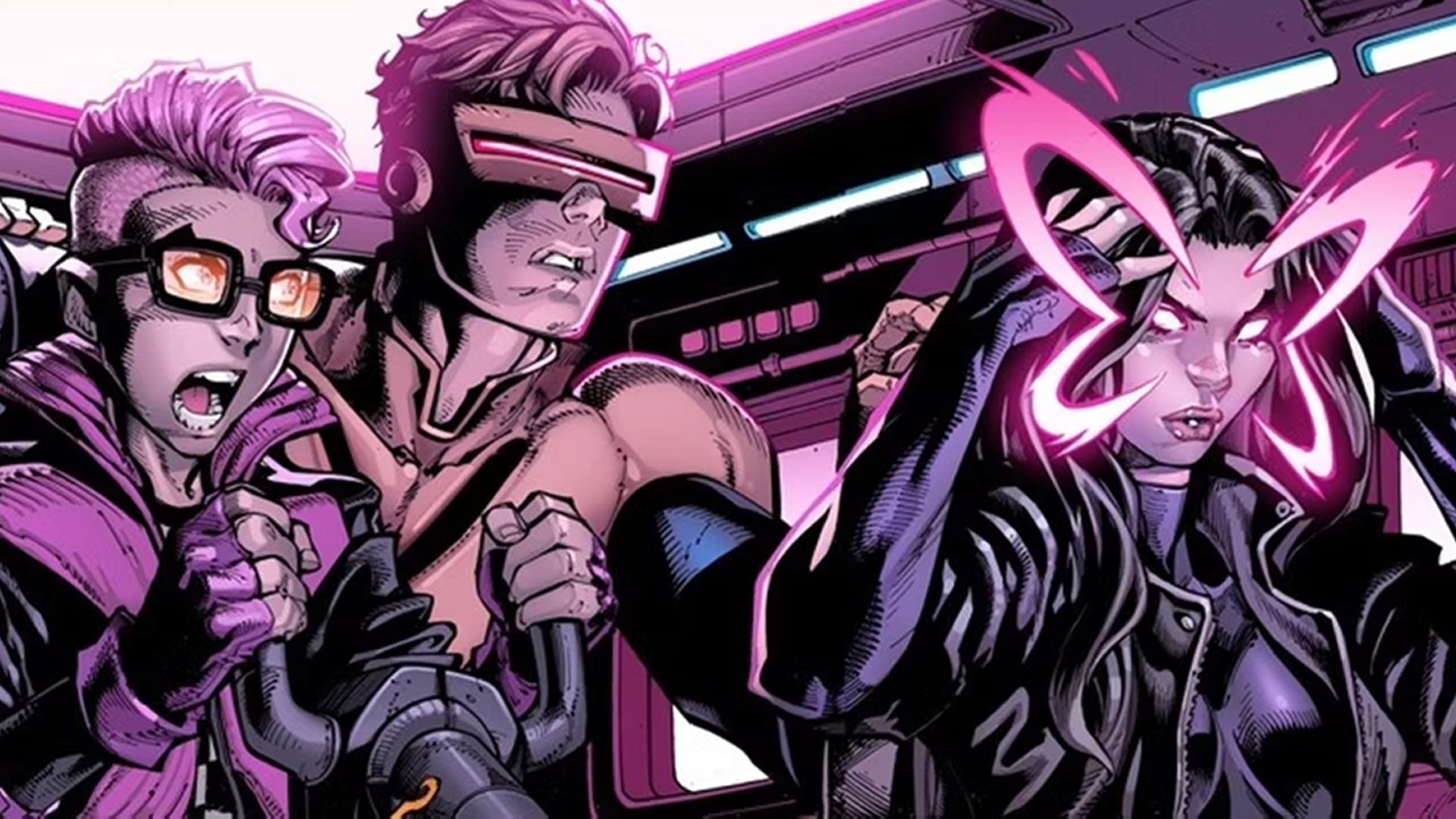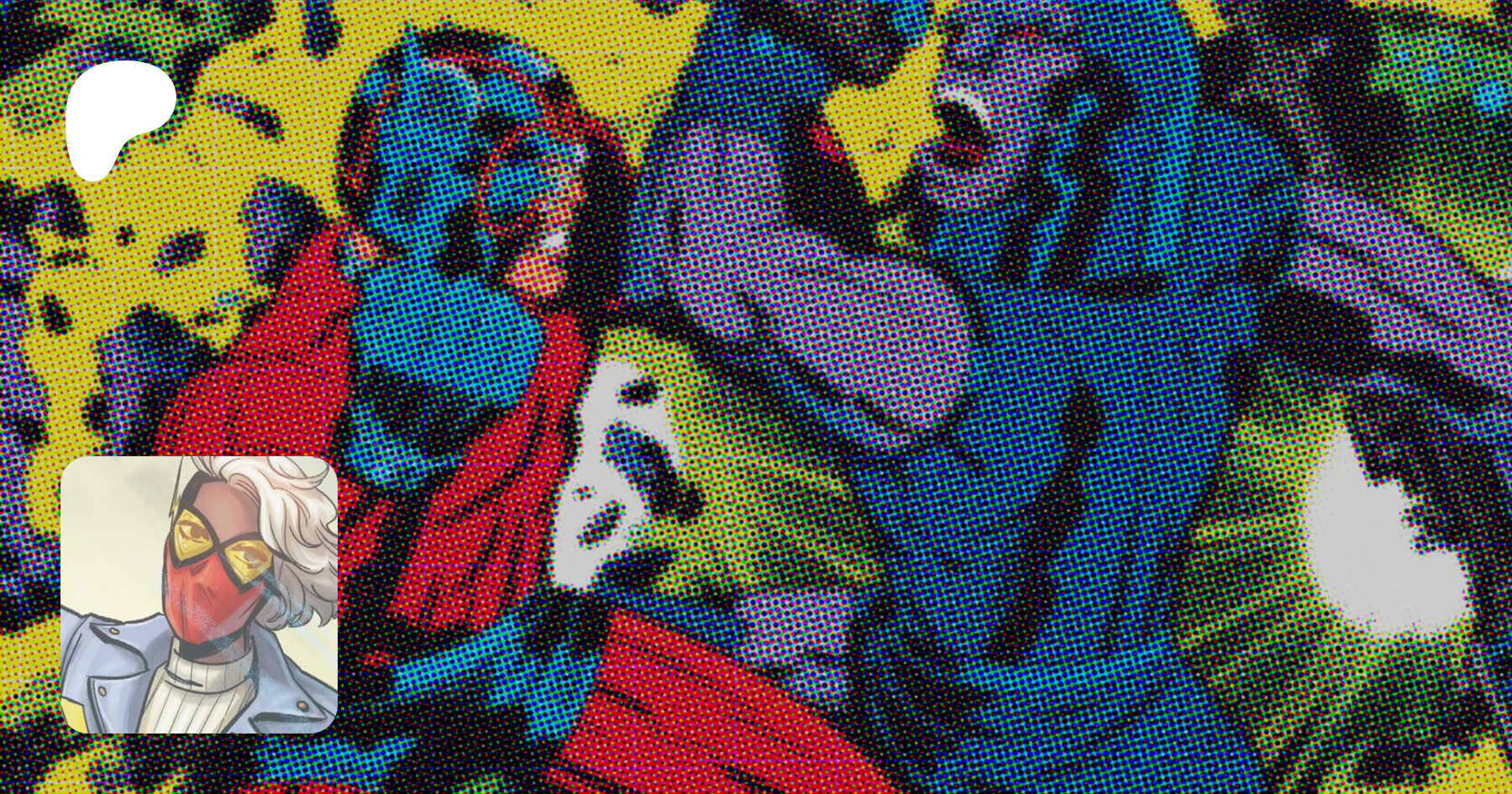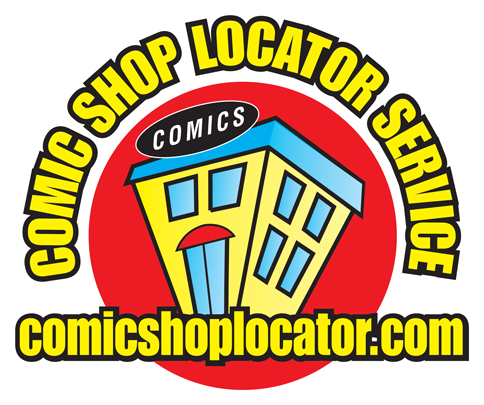- Comic Frontier
- Posts
- Ryan Stegman Talks X-Men, The Missionary, and Venom's Impact
Ryan Stegman Talks X-Men, The Missionary, and Venom's Impact
We caught up with Stegman at Fan Expo Canada

The content becomes gated after 24 hours.
Ryan Stegman is one of Marvel’s most acclaimed artists and writers, with his work on Venom alongside Donny Cates charting new territory for the character. Stegman is currently drawing X-Men alongside Jed MacKay while also teaming up with artist Jason Howard, writing the DSTLRY book, The Missionary (out in September). We spoke with Ryan Stegman about his future and past projects. Check out our conversation below.
These cannabis gummies keep selling out in 2024
If you've ever struggled to enjoy cannabis due to the harshness of smoking or vaping, you're not alone. That’s why these new cannabis gummies caught our eye.
Mood is an online dispensary that has invented a “joint within a gummy” that’s extremely potent yet federally-legal. Their gummies are formulated to tap into the human body’s endocannabinoid system.
Although this system was discovered in the 1990’s, farmers and scientists at Mood were among the first to figure out how to tap into it with cannabis gummies. Just 1 of their rapid onset THC gummies can get you feeling right within 5 minutes!
How did working with DSTLRY for The Missionary come to be?

You know, I'm still in the early stages of doing more writing, so I'm not quite sure where the ideas come from, but I do know that I have a theme running through a lot of my stuff, which is two voices in one body, essentially — and that kind of happens again in this book. I think that we're not in control of why we do that stuff, you know? It seems to be something that I'm fascinated by.
And so I had this idea and just kind of put it together from there. And then I was thinking about who to pitch it to, and Chip Zdarsky, my enemy, told me I should probably try pitching it to them. So I was like, OK, I'll give it a shot. And then they really liked it, and we went from there.
How was the creative process teaming up with Jason Howard?
Well, it's wild. The way that Jason Howard and I work is I outline everything, and then we kind of talk about it, and then I'll just write it scene by scene, and he kind of keeps up with me as I'm doing them. And he kind of works also as a de facto editor, where I'll send him a scene, and then he'll reply to me and be like, “you know, this could be a little stronger here.” It's the same way an editor would, and then I rewrite it according to his notes. Or I ignore his notes, you know, he's OK with that too. But then, so for a while, it was just like we were just making this thing in a vacuum, and then all of a sudden, it actually started to come together. And then, you know, letters started coming in and colors and everything, and now it's a full 44-page book that's actually, I think, really good. Like, in the end, we both were like, we actually made a comic book here, this is good. And so, yeah, it's been really interesting.
You are mostly known for your artwork, but how did your previous experience writing help shape this book?
I wrote a one-shot with Venom. I wrote some Spider-Man Renew Your Vows. I co-wrote The Schlub, and I wrote some of Vanish. I kind of ghost-wrote some of Vanish because Donny [Cates] was having his trouble… You know, that's not really out there, but that's the truth. So I've been writing stuff for the past three or four years, pretty consistently.
So, do you feel more confident as a writer?
I do, especially now. I also had written a full 44-page first issue of a Marvel miniseries, and I had started working on that. I had about 20 pages drawn, and they needed me to pause it because they actually ended up having a bunch of stuff with that character coming out, and it was just kind of, like, flooding the market. So that I will go back to as well.
And what was it like to work on The X-Men? Obviously, you've done some big books, but this is a major book from the Ashes era. Was that intimidating at all?

Oh, it was very intimidating. I was supposed to do issues one through five, but I actually had to take a break on four. And the reason for that is I was just so, like, tweaked out by the book at the beginning. I was redrawing stuff over and over and trying to figure out my take on everything. And so the first issue took so long that then, by the time we got to four, we had no more lead time to burn. But, of course, we brought in Neto Diaz, who I hired on Vanish, to draw some of that because he fits in with what I do, and I like his stuff a lot. So we got a great artist to take over there. And, yeah, so I was super intimidated. I've really found my footing. And about issue three, I really feel like I really started to get it. And now I just finished issue five, and it's really strong, Yeah.
How cool has it been to see the work done with Venom continue to be expanded on? Al Ewing has done an incredible job. You and Donny Cates seemed to open a new door in terms of lore for the character…

You never know if something is going to hit. So I just kind of, like, made that, you know, like I would make anything. One of the funny things about it is that when I drew Knull, the first time I ever drew Knull, I didn't design him on a separate piece of paper. I drew Knull on the page because it had to go to print, you know? Like, I had to get it done. And so, you know, I'm producing this thing in a vacuum, kind of, and then it comes out, and then all of a sudden, I find out it's, like, a hot book. If I had been smart, I could have done some insider trading and bought a bunch of copies of it [laughs]. Yeah.
But I didn't know. I had no idea. It took me forever to figure that out. And so it's great because while I was working on it, I knew it was a great book and that what we were doing was really cool, but I didn't know if people were going to care. And it just turned out that they really did. So it was cool.




